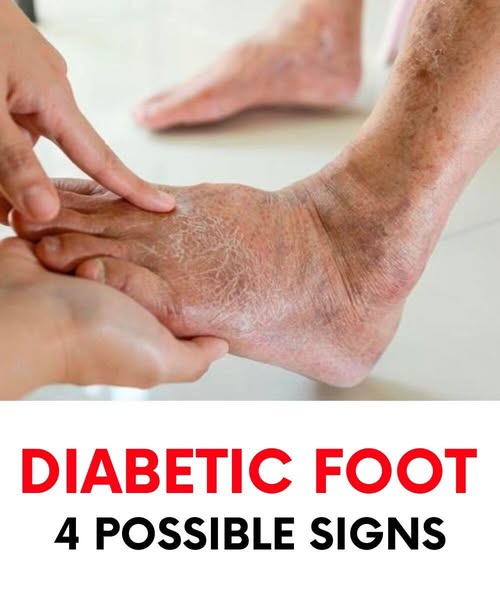
Understanding Diabetic Foot and Its Associated Risks
Diabetic foot is a serious and potentially debilitating complication of diabetes mellitus, commonly presenting as chronic ulcers or non-healing wounds. If not promptly addressed, these lesions can progress to severe infections and, in advanced cases, may necessitate amputation.
Individuals with long-standing diabetes—particularly type 1—are at heightened risk due to peripheral neuropathy and impaired circulation in the lower extremities. These conditions reduce sensation, making it difficult to detect minor injuries, which can then deteriorate without the person realizing it.
Daily foot care is essential for individuals with diabetes. This includes thorough inspection of the feet—between the toes, under the soles, and around the heels—for signs such as redness, blisters, cuts, swelling, or changes in skin color.
To help prevent complications:
- Keep feet clean and dry; moisturize daily, avoiding the areas between the toes.
- Wear properly fitting shoes that do not cause friction or pressure points.
- Avoid walking barefoot, even at home, to reduce the risk of injury.
Seek prompt medical attention if you observe any unusual changes, such as discoloration, persistent pain, or wounds that are slow to heal. Early intervention is critical to preventing serious outcomes.
Comprehensive diabetes management—including optimal control of blood glucose, cholesterol, and blood pressure—is also vital in reducing the risk of diabetic foot complications.
Regular foot examinations by a healthcare provider or podiatrist are strongly recommended, especially for individuals with a history of foot issues.
Conclusion
Daily foot care is an integral component of diabetes management. With consistent vigilance and early medical intervention, many diabetic foot complications can be effectively prevented or managed before they become severe.


